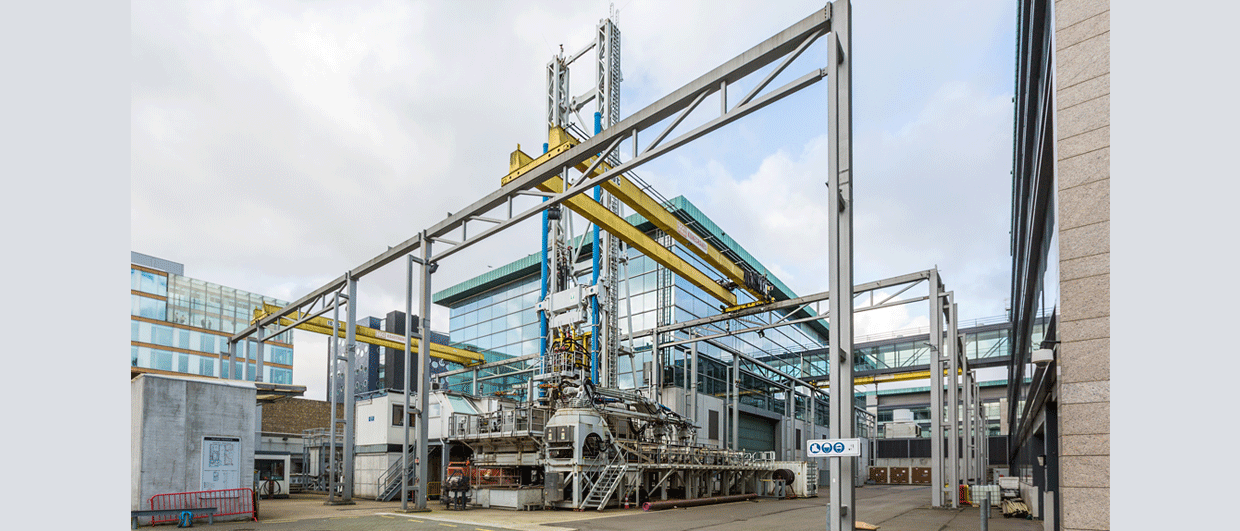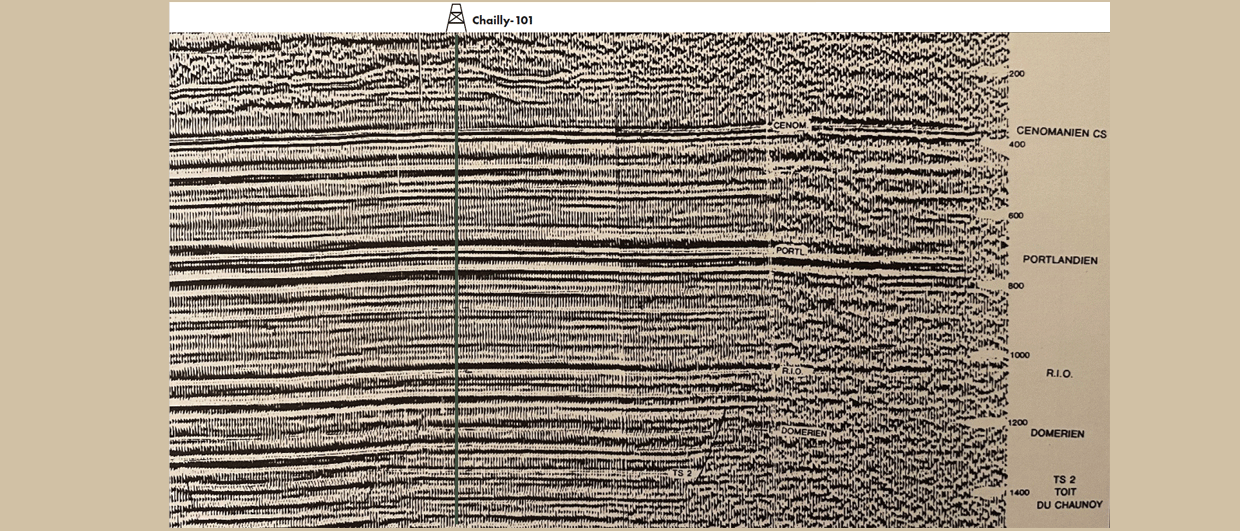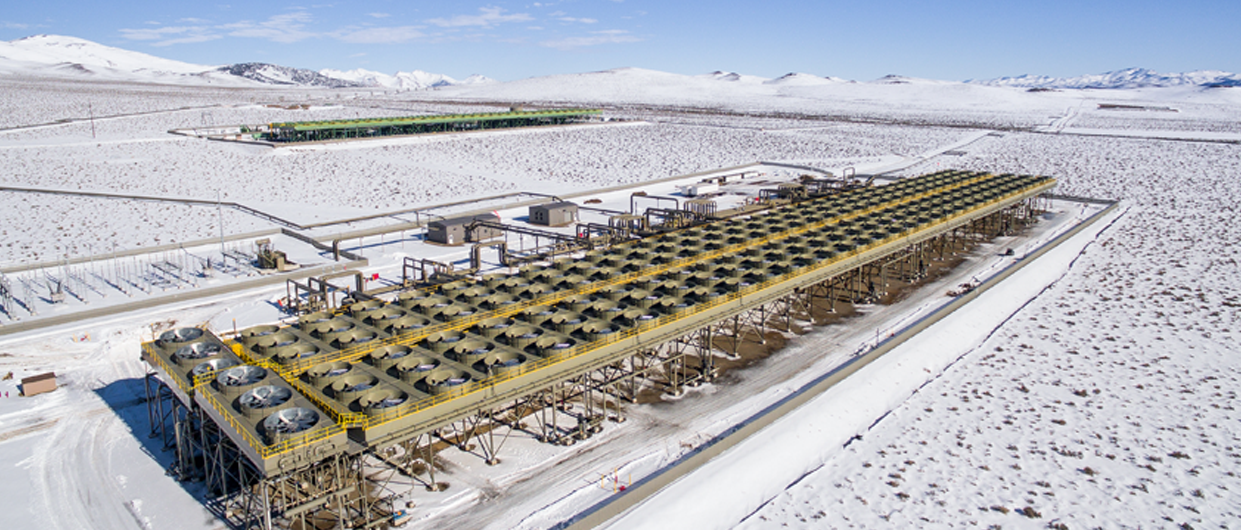In Europe, deep geothermal heat production for district heating and to a lesser extent district cooling is mainly based on the conventional doublet geothermal well solution. Examples are the wells operating in Munich and Paris and the ones being drilled in the largest ongoing European project in Aarhus, Denmark.
The doublet well solution uses one well to produce formation water and another well to inject the cooled liquids some distance away. The solution is dependent on the geothermal reservoir’s thickness and parameters such as porosity, permeability, and geochemistry to ensure hydrologic connectivity between the wells to maintain production. Besides extensive maintenance requirements due to corrosion, scaling and clogging, the specific geological reservoir requirements severely limit the locations where the solution is viable for geothermal heat production.
Closed-loop well solutions have been proposed to manage the issues with the doublet well solution based mainly on a co-axial, pipe-in-pipe, technology. Cold water is circulated down through the outer casing and returned as heated water inside the inner tubing. Other solutions have been implemented that work similarly to a heat exchanger approach, using multiple wells connected by individual downhole branches.
A vacuumized inner tubing
A new geothermal closed-loop well solution with a patent-pending vacuumized inner dual tubing and a horizontal section has been developed. The well is drilled to a vertical depth of 2-4 km depending on the temperature requirement, with a 2-5 km horizontal section either as a single well or a group of independent wells depending on the required power demand (MW). Each well will be completed with the vacuumized dual tubing technology.
The circulation fluid will be heated by flowing down between the lower completion liner and tubing in the horizontal section of the well. The circulation fluid is returned to the surface in the inner vacuumized dual tubing completion with a 2-3% heat loss, compared to a normal 30-40% heat loss.
The successful execution of the solution is through the use of proven oilfield drilling technology and services with a simple well completion. The drilled depth determines the temperature of the returning circulation fluid, the thermal conductivity of the geological formation of the horizontal well completion and the fluid flow rate controls the power output that is expected to range from 1 to 3 MW.
The solution has a wide application with the main geological challenge being locating the horizontal section in the formation with the highest possible thermal conductivity to optimize the energy production.
This article appeared in Issue 1 of this year’s GEO EXPRO magazine. The PDF of this issue can be downloaded here.





